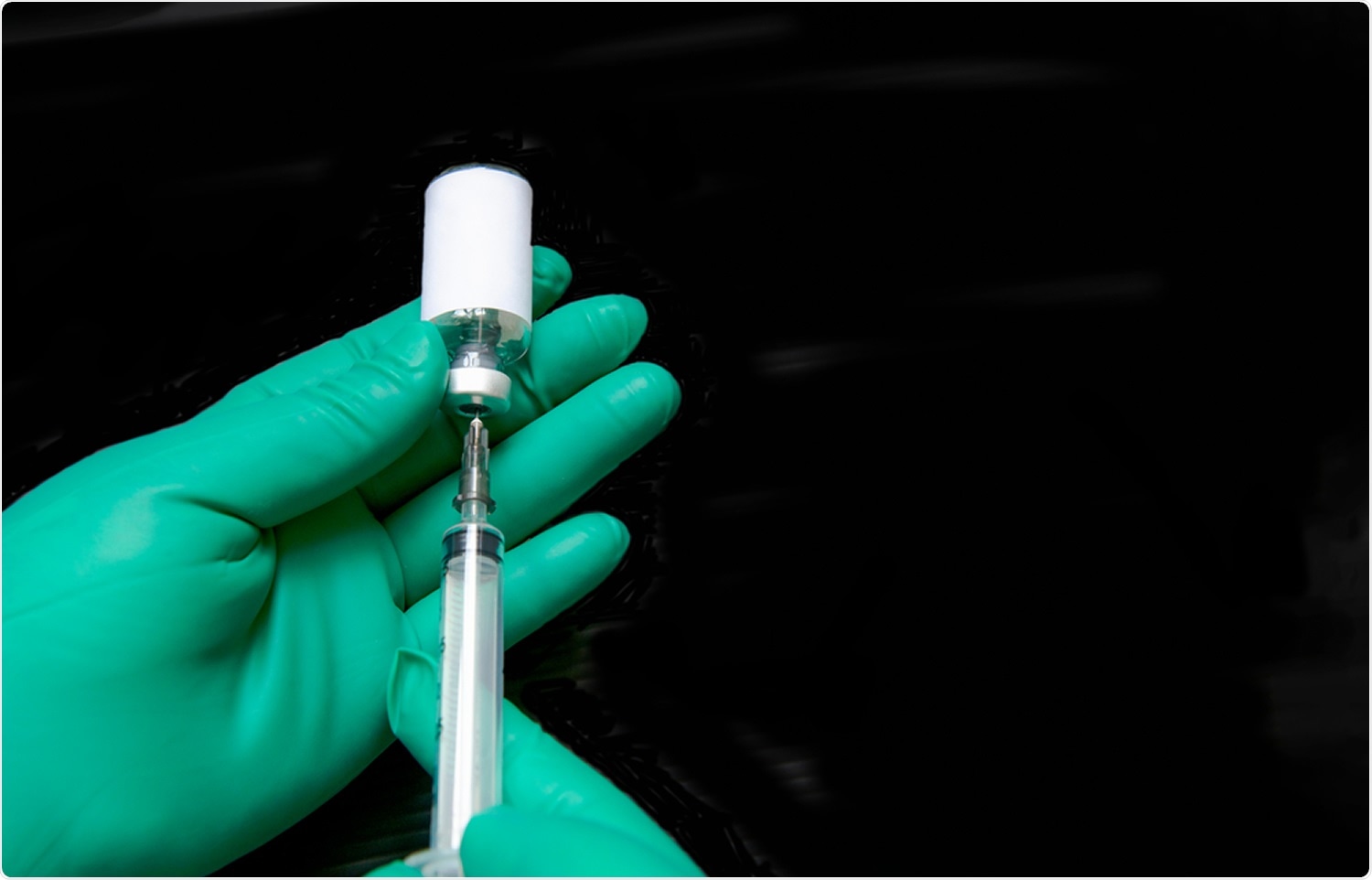Home » Health News »
Researchers say modified COVID-19 vaccine boosters should control pandemic
Researchers in Texas have provided evidence for the need to modify the currently used coronavirus disease 2019 (COVID-19) vaccines to match circulating variants of severe acute respiratory syndrome coronavirus 2 (SARS-CoV-2).
The team from the University of Texas Medical Branch in Galveston showed the distinct cross-neutralizing profiles that were elicited when hamsters were immunized with the spike proteins from different SARS-CoV-2 variants of concern.
The spike protein is the primary structure the virus uses to infect host cells and the main target of neutralizing antibodies following vaccination or natural infection.
Each variant spike elicited faster and higher neutralizing titers against its homologous SARS-CoV-2 variant than against heterologous variants. However, all immunized animals exhibited protection, irrespective of the SARS-CoV-2 variant they were challenged with, including those with the lowest neutralizing antibody titers
Pei-Yong Shi and colleagues say the results have important implications for the design of COVID-19 vaccine booster strategies.
A pre-print version of the research paper is available on the bioRxiv* server, while the article undergoes peer review.

Emergence of SARS-CoV-2 variants poses a threat to vaccination programs
Despite the unprecedented success in developing effective COVID-19 vaccines, the emergence of new, more transmissible SARS-CoV-2 variants could compromise the effectiveness of the mass vaccination programs that are being rolled out to control the pandemic.
Since the spike protein mediates the initial stage of the SARS-CoV-2 infection process, variants of concern have accumulated mutations in the spike gene that increase the efficacy of viral transmission and immune escape.
Of these variants of concern, the beta (B.1.351; South Africa) and kappa (B.1.617.1; India) lineages exhibit the least sensitivity to neutralization by sera from vaccinated individuals, while the alpha (B.1.1.7; UK) and delta (B.1.617.2; India) variants are associated with increased transmissibility.
“These observations have prompted the desire to modify the vaccine sequence to match variants of concern, such as beta because of its reduced neutralization sensitivity to the current vaccine sera,” writes Shi and colleagues.
However, this raises the question of whether such a modified vaccine would elicit potent neutralizing activities against other co-circulating variants.
Similarly, the cross-protection provided following natural infection remains to be studied in unvaccinated populations.
“The rapid evolution of SARS-CoV-2 mandates a better understanding of cross-protection between variants after vaccination or infection, but studies directly evaluating such cross-protection are lacking,” say the researchers.
What did the researchers do?
The team prepared a panel of four chimeric SARS-CoV-2 viruses, each bearing a distinct variant spike gene from the alpha (B.1.1.7), beta (B.1.351), gamma (P.1; Brazil), or epsilon (B.1.429; California] lineages in the backbone of an early wild-type (WT) virus.
To analyze the immunogenicity of each variant spike, the researchers intranasally immunized hamsters with 106 PFU (plaque-forming units) of recombinant WT or variant-spike virus.
Serum samples were collected from the animals on days 14, 28, and 45 post-immunization. The samples were tested for neutralizing titers against both homologous and heterologous variant-spike viruses, including the currently prevalent delta-spike virus.
What did the study find?
Immunization with the different variant spikes elicited distinct neutralizing kinetics and magnitudes against other SARS-CoV-2 variants.
Each variant spike elicited faster and more potent neutralizing activity against their homologous SARS-CoV-2 variant than they did against heterologous variants, including the delta variant.
The magnitude and rank of neutralizing titers against the heterologous variants depended on which variant spike the animals were immunized with.
On days 14, 28, and 45 post-immunization, the differences in neutralizing titers generated against homologous and heterologous variants were as large as 62-, 15-, 9.7-fold, respectively.
To evaluate cross-protection, the team selected the variant viruses that exhibited the lowest neutralizing titers in each immunized group and challenged the animals on day 49 post-immunization.
Specifically, animals immunized with the WT, alpha, beta, gamma, or epsilon spike were challenged with 104 PFU of beta, delta, epsilon, epsilon, and gamma-spike SARS-CoV-2, respectively.
Compared with control mice that received phosphate-buffered saline, all variant spike-immunized hamsters exhibited significant protection following the challenge. Viral loads were 82- to 10,112-fold lower in nasal washes, 955- to 120,000-fold lower in the animals’ tracheas and 57,000- to 490,000-fold lower in the lungs.
What do the authors advise?
The researchers say the study provides experimental evidence for the need to modify vaccine sequences to match the currently circulating SARS-CoV-2 variants of concern.
“Although different vaccine choices should be prescribed depending on the prevalence of specific variants, the prescribed vaccine should also be effective against other co-circulating variants,” they write.
Shi and colleagues recommend increasing global immunization with the currently available vaccines, together with boosters when needed, as the approach towards ending the COVID-19 pandemic.
However, “the design of the booster vaccines depends on whether the newly emerged variants can escape the immunity generated by the current vaccines or natural infections,” they advise.
The potential immune escape of any new variants and real-world breakthrough infections among vaccinated and infected individuals should be closely monitored, concludes the team.
*Important Notice
bioRxiv publishes preliminary scientific reports that are not peer-reviewed and, therefore, should not be regarded as conclusive, guide clinical practice/health-related behavior, or treated as established information
- Shi P, et al. Distinct neutralizing kinetics and magnitudes elicited by different SARS-CoV-2 variant spikes, bioRxiv, 2021. doi: https://doi.org/10.1101/2021.09.02.458740, https://www.biorxiv.org/content/10.1101/2021.09.02.458740v1
Posted in: Medical Research News | Disease/Infection News
Tags: Antibodies, Antibody, Coronavirus, Coronavirus Disease COVID-19, Efficacy, Evolution, Gene, Homologous, immunity, Immunization, Lungs, Pandemic, Protein, Research, Respiratory, SARS, SARS-CoV-2, Severe Acute Respiratory, Severe Acute Respiratory Syndrome, Spike Protein, Syndrome, Vaccine, Virus

Written by
Sally Robertson
Sally first developed an interest in medical communications when she took on the role of Journal Development Editor for BioMed Central (BMC), after having graduated with a degree in biomedical science from Greenwich University.
Source: Read Full Article


